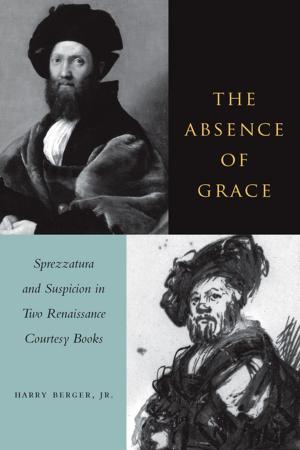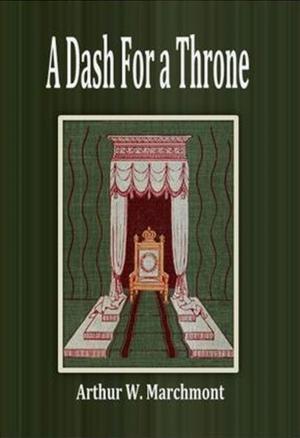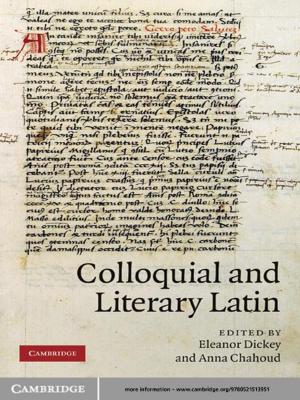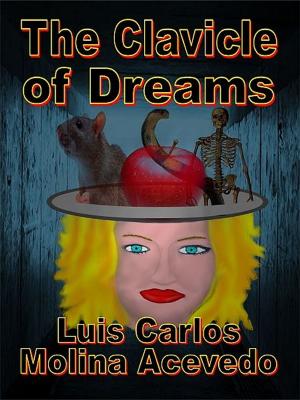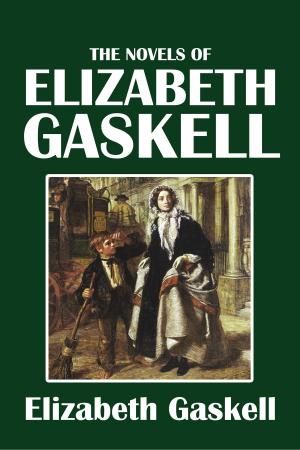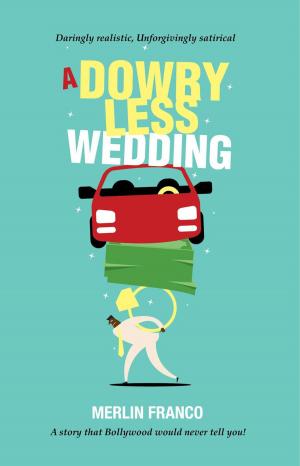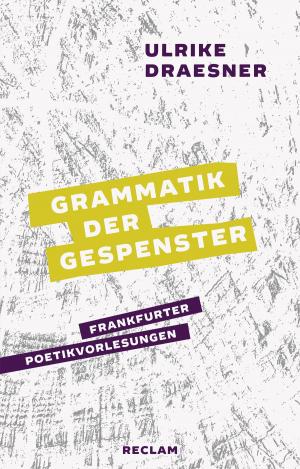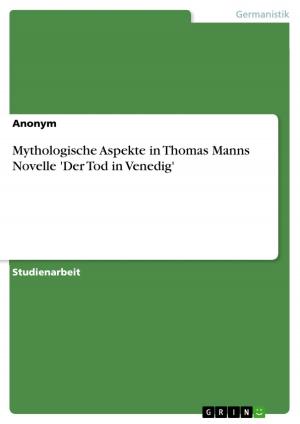| Author: | Richard Wallace | ISBN: | 9781458090850 |
| Publisher: | Richard Wallace | Publication: | February 2, 2011 |
| Imprint: | Smashwords Edition | Language: | English |
| Author: | Richard Wallace |
| ISBN: | 9781458090850 |
| Publisher: | Richard Wallace |
| Publication: | February 2, 2011 |
| Imprint: | Smashwords Edition |
| Language: | English |
The oldest boy among 9 children, Charles Lutwidge Dodgson, better known as Lewis Carroll, was raised in the protective home of an Anglican churchman. He was then sent off to the notorious English public school system as an unprepared youngster, where terrible things were done to him. What emerged was a man filled with rage at the betrayal by his parents and the institutions they supported. While maintaining the facade of propriety throughout a life as an Oxford don, he wrote several nonsense works, notably Alice's Adventures in Wonderland, and Through the Looking Glass, among others, ostensibly to amuse his child friends and then a host of adoring readers. While many people have been skeptical about his life and works, have felt there was "something wrong," something beyond him just being "odd," the general public has remained adoring and uncritical. It is not until this work that the real nature of his lifetime of rage has been fully explored and disclosed.
Not everyone wants to hear this about arguably the greatest nonsense writer in the English language. Nor does everyone want to perhaps change forever their collective view of his books or disrupt the lucrative industries which have thrived on them. But the truth is that he was not just writing nonsense, or innocently amusing his many child friends. He was exploiting their naivete outside of their awareness for his own amusement.
His weapon of attack was the use of word games -- especially anagrams (he was an acknowledged master) -- to hide self disclosure and Victorian smut in the nonsense with which he delighted children and adults. But not just in the nonsense; for he used it in letters to family and friends, as well. Several biographers have even sensed that his ostensibly adoring description of his mother was "not real," but a construct, but no one has ever tried to fathom the truth behind the construct. This book makes that effort, and by treating his description of her as "not real," that it was possibly a lengthy anagram, arrived at his real feelings toward his mother and the truth about his lifelong goal.
History has not been kind to those who use anagrams to make their case in interpreting literature. This is an effort in that direction, but one which takes as its subject a master of the genre, a writer who many have felt had something to hide and the skills to do it.
This book is about that life, what happened to create his life of rage and examines how w-o-r-d-s, not the s-w-o-r-d became his weapon of choice to perpetrate his assault. By successfully maintaining the facade he created in the persona of Lewis Carroll and which an adoring world has fostered and protected, he would cheat death itself. The analysis is done within the framework of current theories of child development and the effects of child abuse on this victim and includes Victorian beliefs which would have influenced his thinking.
The Agony of Lewis Carroll was originally published in 1990 in paperback.
The oldest boy among 9 children, Charles Lutwidge Dodgson, better known as Lewis Carroll, was raised in the protective home of an Anglican churchman. He was then sent off to the notorious English public school system as an unprepared youngster, where terrible things were done to him. What emerged was a man filled with rage at the betrayal by his parents and the institutions they supported. While maintaining the facade of propriety throughout a life as an Oxford don, he wrote several nonsense works, notably Alice's Adventures in Wonderland, and Through the Looking Glass, among others, ostensibly to amuse his child friends and then a host of adoring readers. While many people have been skeptical about his life and works, have felt there was "something wrong," something beyond him just being "odd," the general public has remained adoring and uncritical. It is not until this work that the real nature of his lifetime of rage has been fully explored and disclosed.
Not everyone wants to hear this about arguably the greatest nonsense writer in the English language. Nor does everyone want to perhaps change forever their collective view of his books or disrupt the lucrative industries which have thrived on them. But the truth is that he was not just writing nonsense, or innocently amusing his many child friends. He was exploiting their naivete outside of their awareness for his own amusement.
His weapon of attack was the use of word games -- especially anagrams (he was an acknowledged master) -- to hide self disclosure and Victorian smut in the nonsense with which he delighted children and adults. But not just in the nonsense; for he used it in letters to family and friends, as well. Several biographers have even sensed that his ostensibly adoring description of his mother was "not real," but a construct, but no one has ever tried to fathom the truth behind the construct. This book makes that effort, and by treating his description of her as "not real," that it was possibly a lengthy anagram, arrived at his real feelings toward his mother and the truth about his lifelong goal.
History has not been kind to those who use anagrams to make their case in interpreting literature. This is an effort in that direction, but one which takes as its subject a master of the genre, a writer who many have felt had something to hide and the skills to do it.
This book is about that life, what happened to create his life of rage and examines how w-o-r-d-s, not the s-w-o-r-d became his weapon of choice to perpetrate his assault. By successfully maintaining the facade he created in the persona of Lewis Carroll and which an adoring world has fostered and protected, he would cheat death itself. The analysis is done within the framework of current theories of child development and the effects of child abuse on this victim and includes Victorian beliefs which would have influenced his thinking.
The Agony of Lewis Carroll was originally published in 1990 in paperback.



